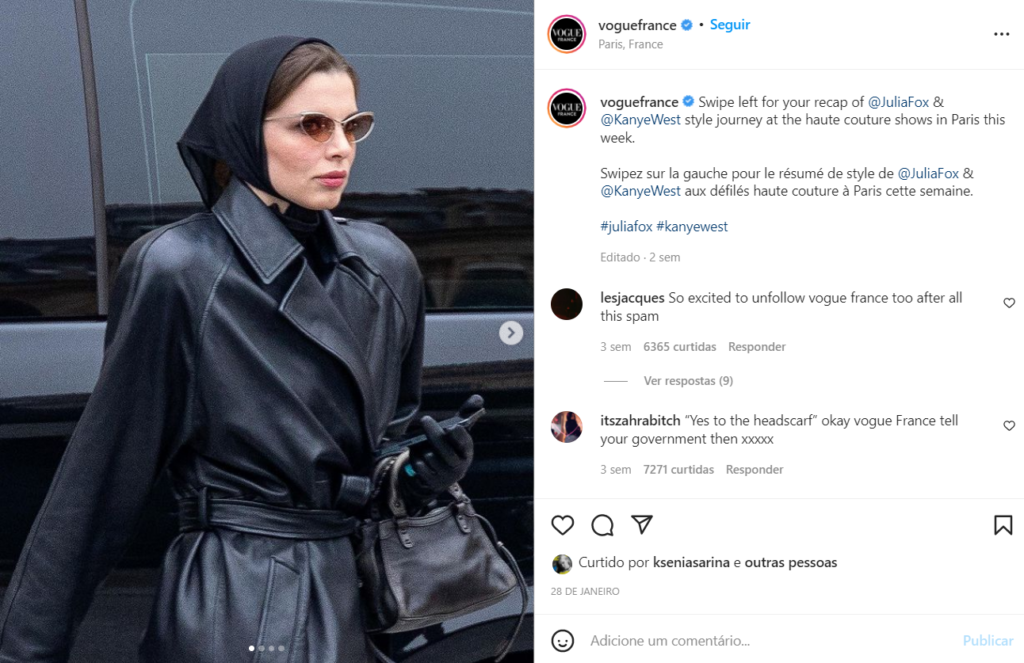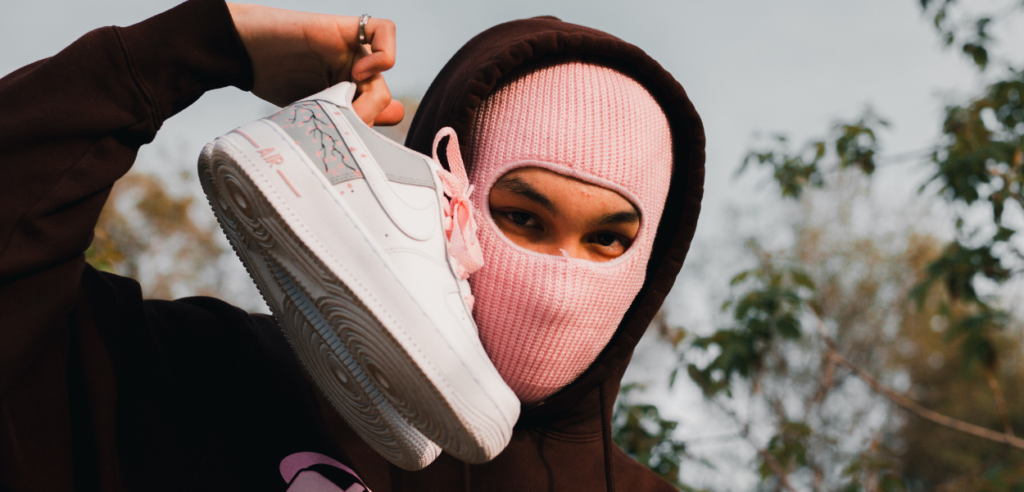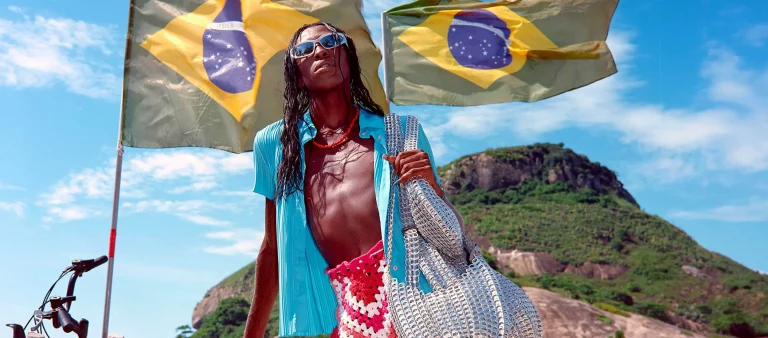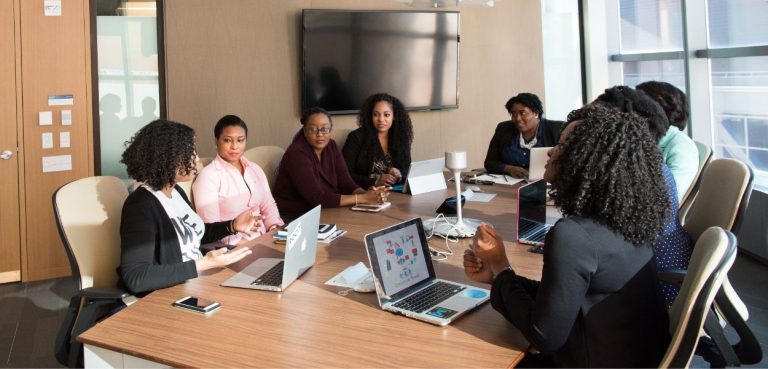The moment has come. Head coverings have taken over the fashion world. Balaclavas have become the ultimate accessory, as thousands of Tik Toks attest to. But how exactly did this come about? And why is it that some found balaclavas to be problematic? Indeed, not all users are happy with the emergence of the microtrend. After all, the obsession with head coverings seems to be the physical manifestation of a double standard involving Muslim women.
What Is the Balaclava?
Some History
The word balaclava is not only the name of an accessory. It is also the name of a settlement in the Crimean Peninsula. It was precisely there that British troops were held up during the Crimean War (1884-1885), amidst a freezing winter. The road linking Balaclava to Sevastopol did not allow for supply transportation due to unfavorable conditions.
As a result, soldiers soon began to die from starvation and frostbite. When news broke out of the government’s failure to provide appropriate clothes, the people caused quite the stir. Consequently, the commissariat sent a hood covering the head and the face, with the exception of the eyes. These items became known as balaclavas, and the rest is history.
How It Transformed into a Trend
After the previously mentioned event, the headgear became a symbol of eastern European militia. Surely, it was used by pro-Russian separatist demonstrators to circumvent surveillance. Hence, the rise of the “Russian Aesthetic” inevitably brought the balaclava back into style. The hashtag #sovietaesthetic has 5 million views on TikTok, as a fascination with an imagined melancholic ambiance has risen to popularity.
On their part, in their efforts to imitate life, designers have brought balaclavas to the runway to parallel our pandemic-era selves. We have gone into hiding, we are disconnected from one another, which is precisely what the balaclava mimics. Celebrities like Beyoncé and The Weeknd, as well as brands like Celine and Raf Simons, have adopted the style. With their approval, it is hard to imagine the balaclava will come out of the limelight anytime soon.
Still, we must not forget that the rise of the head covering illustrates an issue of great importance in contemporary times. While headgear might be a trend for some, it is the object of attack for others.
The Balaclava & the Hijab
The Vogue France Post

Recently, Vogue France found itself under fire due to a problematic post on their Instagram. The company shared a picture of Julia Fox wearing a head covering, proclaiming “yes to the headscarf” in the caption. They indeed edited the caption but once it was out for the first time, there’s no turning back in such a statement.
Now, without context, this might seem innocent enough. However, it all turns a little dubious when one takes into account France’s history of outlawing face-covering garments in public spaces. The justification is usually that France is secular and therefore does not welcome the public display of religious allegiance.
However, some point to a more disturbing agenda: that of enforcing islamophobia through legislation. Such prohibitions have also been linked to racism and xenophobia, and Vogue France’s post did nothing to dissuade from those interpretations. The caption illustrates a double standard: that wearing head coverings is only okay when it’s a white woman doing it.
An Issue that Goes Back Decades
42% of Muslims in France claim they have been discriminated against because of their religion. Though the issue might be too big to point any fingers at, certain actors have undeniably contributed to its enlargement.
Evidently, there are lingering effects of colonialism. France colonized a plethora of Muslim countries such as Algeria. In that context, Islam became a symbol of “anti-Frenchness.” It was in direct opposition to the cultural values France was imposing. This spurred an effort to erode Islamic values, the shedding of the hijab becoming its allegory.
Today, the right-wing winds circulating in Europe have led to a national focus on the supposed evils of immigration. Rooted in fear of cultural change and xenophobia, pressure to assimilate encourages women to strip their coverings. Politicians such as Marie Le Pen profit from dividing the French population along racial and religious lines.
The issue of the hijab does not seem to be going anywhere indeed. Vogue France’s slip-up is a blatant display of absurdity in the focus on the head-covering as an evil. It makes the tone-deafness of the fashion world and its tendency to perpetuate double standards evidently. But how exactly does this pan out in the industry at large?
Modest Fashion
A Move Towards Inclusivity
Paradoxically, under this same political climate, inclusivity has become a powerful marketing tool. Therefore, brands have been featuring more and more Muslim models wearing head coverings in their campaigns. This, along with modesty-friendly designs, additionally aids companies to attract the Muslim demographic to their stores.
So, if it is all becoming more diverse, what is the issue?
Westernization of Modesty
Allow us to look at an example. Model Halima Aden sent shockwaves through the fashion community in 2020, when she announced she would be abandoning the industry. Aden—a hijabi—had good reasons. She points out that the modeling world pressured her to be “sexy.” When dealing with her, stylists and designers pushed the boundaries of modesty to the limits.
Perhaps unsurprisingly, most fashion brands completely miss the point of head coverings. They view them as accessories instead of representations of women’s ties to their faith. During her time as a model, Aden encountered endless efforts to aestheticize modesty, contradicting what is at its core. As usual, fashion accepts difference under a cloak of normalcy, of westernization.
What Could Be Done
What is important to point out is that it is not about preventing non-muslims from wearing head coverings. Such traditions have existed in myriad cultures for centuries. Instead, it’s about acknowledging the privilege that white women have: that of wearing a balaclava without being discriminated against.
Furthermore, it is about standing in solidarity with hijabis instead of perpetuating bigoted ideas and double standards. We, as observers, should denounce acts like that of Vogue France and encourage fair treatment of those who practice Islam.
Thankfully, the Muslim world has its own fashion brands, which are becoming more and more powerful. Because who better represent Muslim culture than Muslims themselves?
Like this article? Check out the act of embracing cultural fashion as a source of pride.






